In 1999, Japan’s Cosina decided to re-market the film camera or better re-brand the purchased Voigtländer name. In a time of emerging digital cameras a risky strategy. Yet in a short time Cosina managed to attract a loyal fan base and for seven years (!) one classic film camera after another appeared. It all started with the success of the simple Bessa-L.
The Bessa-L (35mm) camera is remarkable. First of all it has no viewfinder at all. Secondly it had the old Leica M39 screw mount, invented in the thirties by Oscar Barnack who worked on his first Leica rangefinder cameras. Not exactly glorious specs to reintroduce the traditional film camera. But perhaps this is also the niche that Cosina’s marketers believed in. The M39 mount has an incredibly large and old range of lenses. Not only Leica had M39 lenses, also big names as Nikon and Canon and a lot of cheap (Sovjet) brands offered them. A simple screw mount was the only option for a long time and for many brands. The finderless Bessa-L was doomed to be used only with ultra wide angle lenses, with which the absence of a focusing window is not a (real) problem. As a rule, that means landscape shots with small apertures that capture everything in focus from a short distance. Most notably Voigtländer introduced itself a 21mm, 15 mm and a 12 mm lens, the latter being the widest rectilinear full-frame lens ever marketed up to then. At the same time, however, an advanced exposure meter is available. The Bessa-L (or Cosina 107-SW) has TTL metering with LED readout on the back edge of the top plate with an ISO range of 25–1600. The metering goes along two red arrows pointing to a green light in between to indicate over, under, or correct exposure. It is also coupled to the ISO indicator, so it adapts to the filmspeed in the camera.
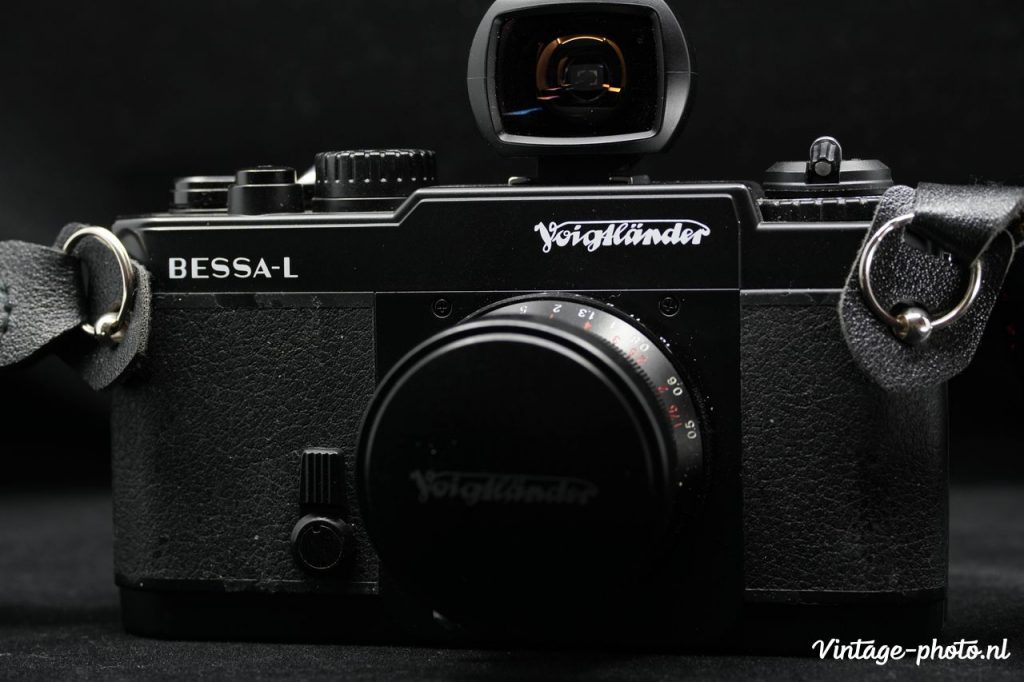

You can already see from the photos that Voigtländer’s lenses come with a unique, for the focal lengths adapted, push-up viewfinder. I myself have the 21 mm F4 Color Skopar, a very small and light wide angle with excellent image quality. It’s true that you don’t actually need to focus these lenses. Of course, there is a distance indicator, which is mainly for shots taken close up or at the widest aperture. But for the most part, it’s just focus through the viewfinder and shoot. You can’t go wrong with anything starting at F5.6 onwards.
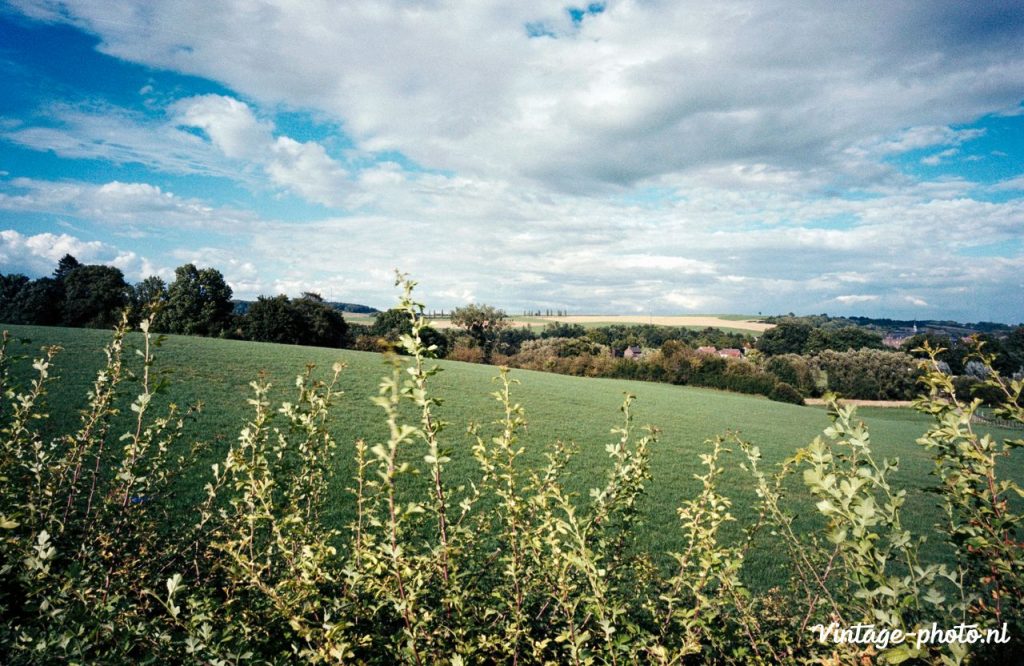
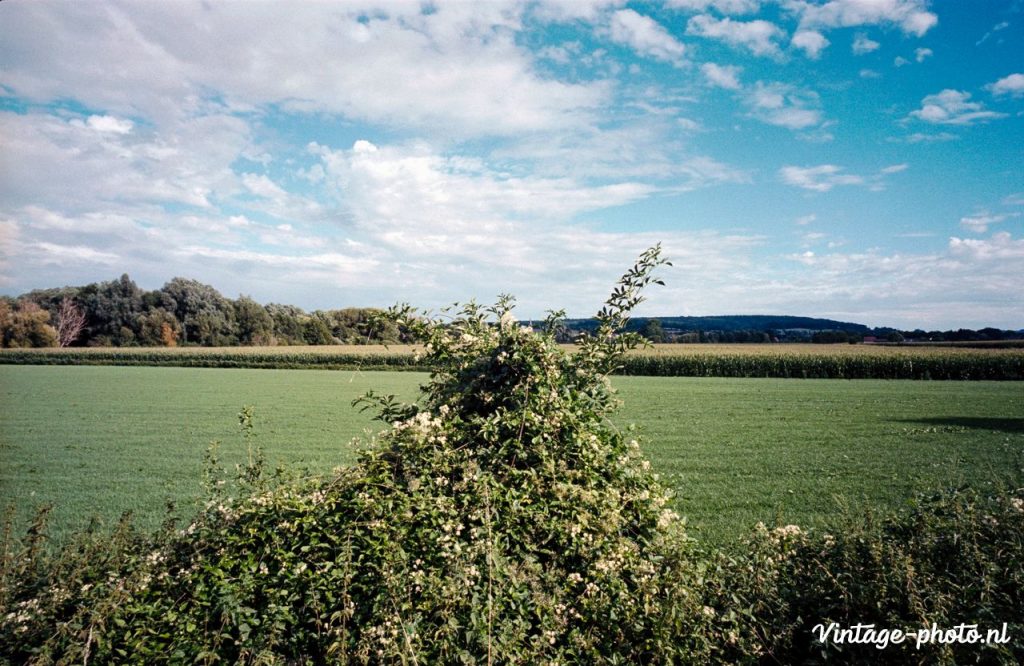
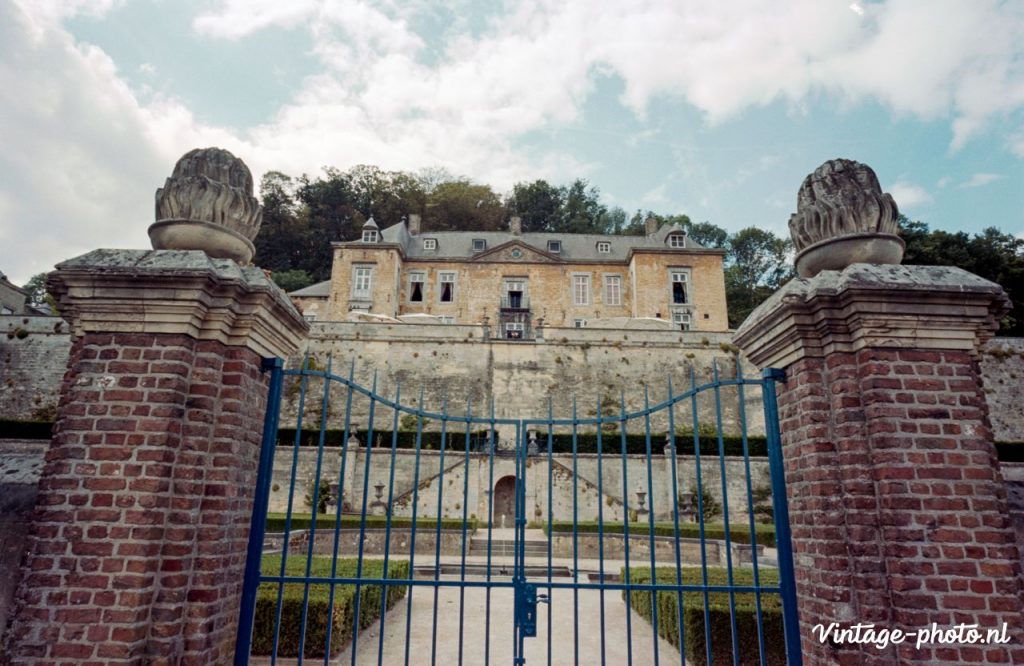

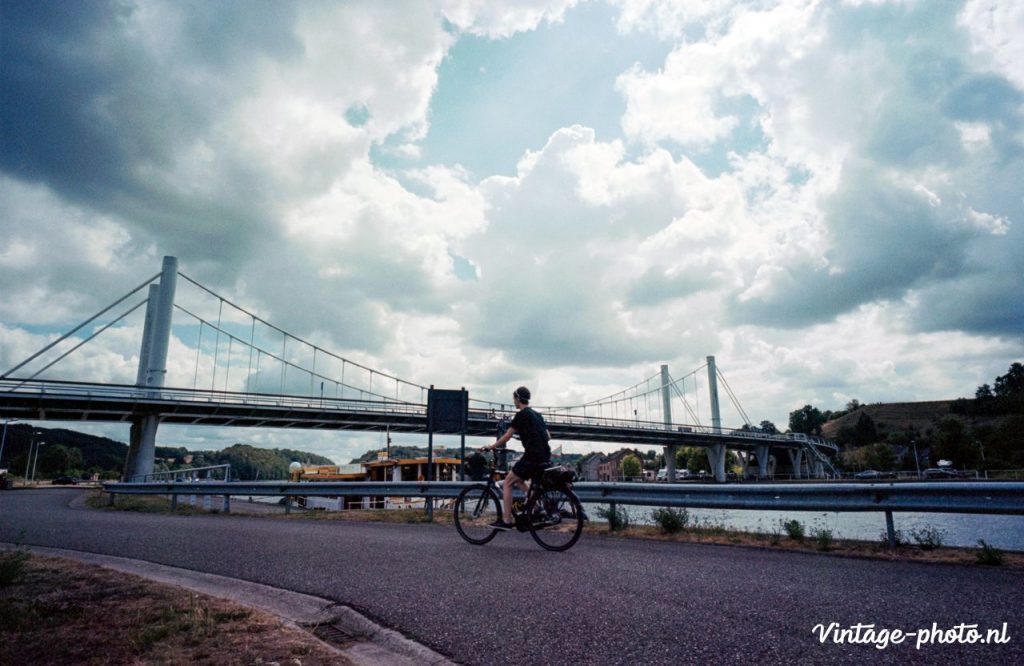
The Bessa-L feels and works like a real film camera. It is compact, due to the lack of a mirror housing, light and thin making it more similar to a rangefinder than an SLR. However, the shutter wheel and ISO dial are again very reminiscent of a more modern SLR. Shutter speeds range from a fast 1/2000 through the X sync speed of 1/125 to 1 second and Bulb. That’s certainly neat to mention. Same goes for the very useable range of ISO settings up to 1600. The camera is pleasant to use and especially quiet. Personally, I recommend consciously overexposing the photos by a stop, the wide-angle lenses tend to structural underexposure.
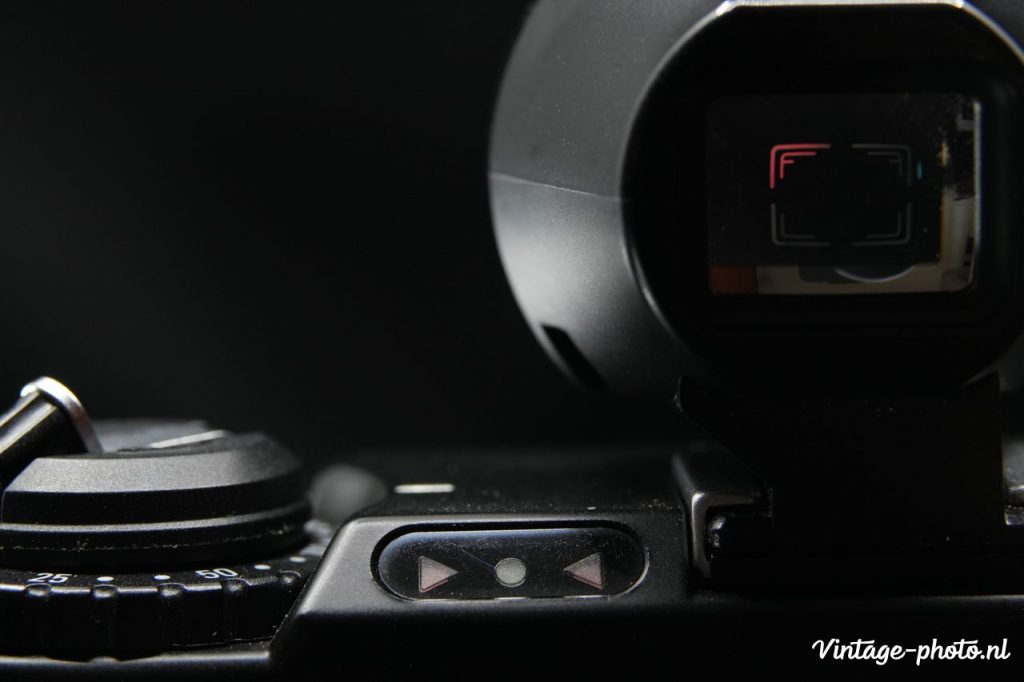
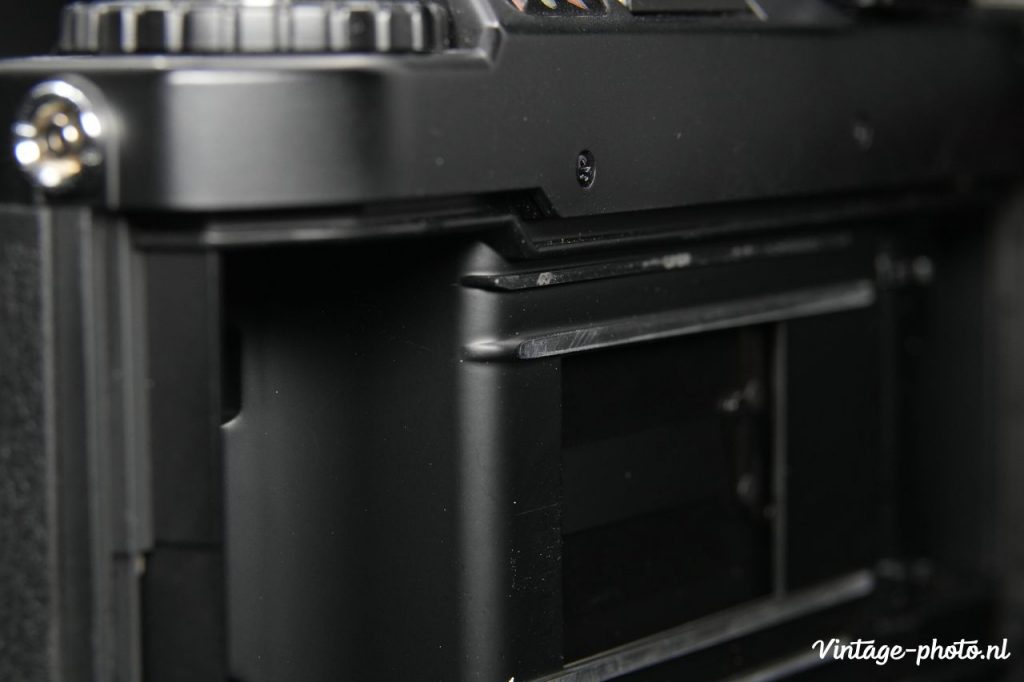
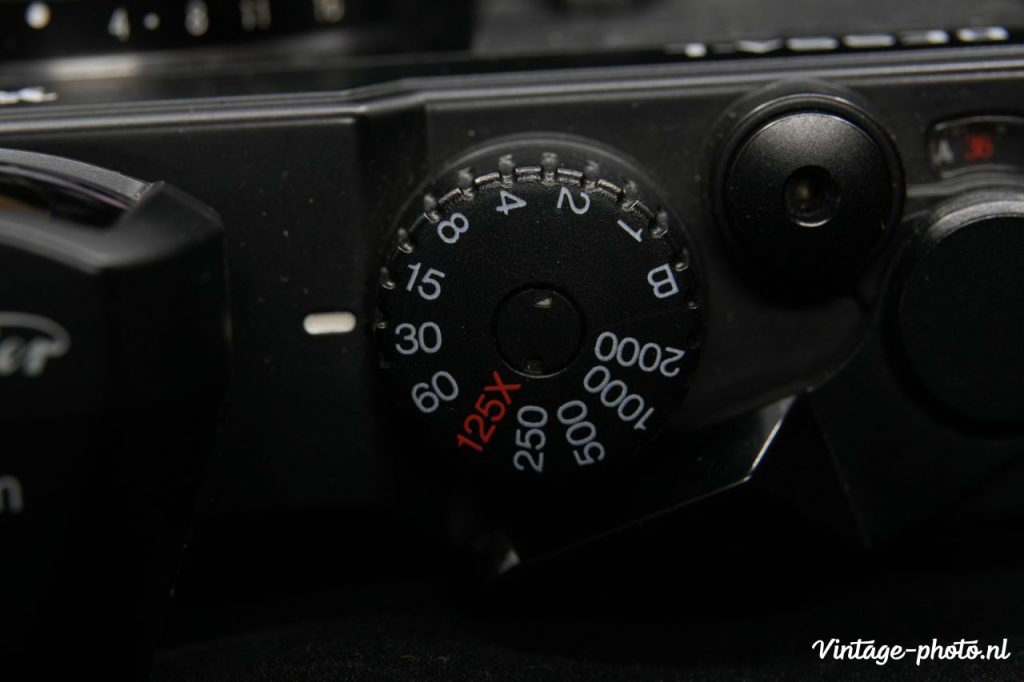
The success of the Bessa-L was great, a hybrid camera in between rangefinder and SLR, with nice up-close viewfinders intended for the landscape photographer. But other hobbyists also saw advantages in ultra wide lenses and began experimenting with the Bessa-L. Why not portraits or normal photography from a wide perspective? The camera reached a much larger target group than intended by Voigtländer and not much later the Bessa-T with Leica M-mount and of course a real rangefinder appeared in 2001! From that success again appeared the Bessa-R which became more and more similar to the classic Leica rangefinders. Then followed by other mounts for respectively Nikon and Contax rangefinder lenses. In 2006 the Bessa line was sadly discontinued.
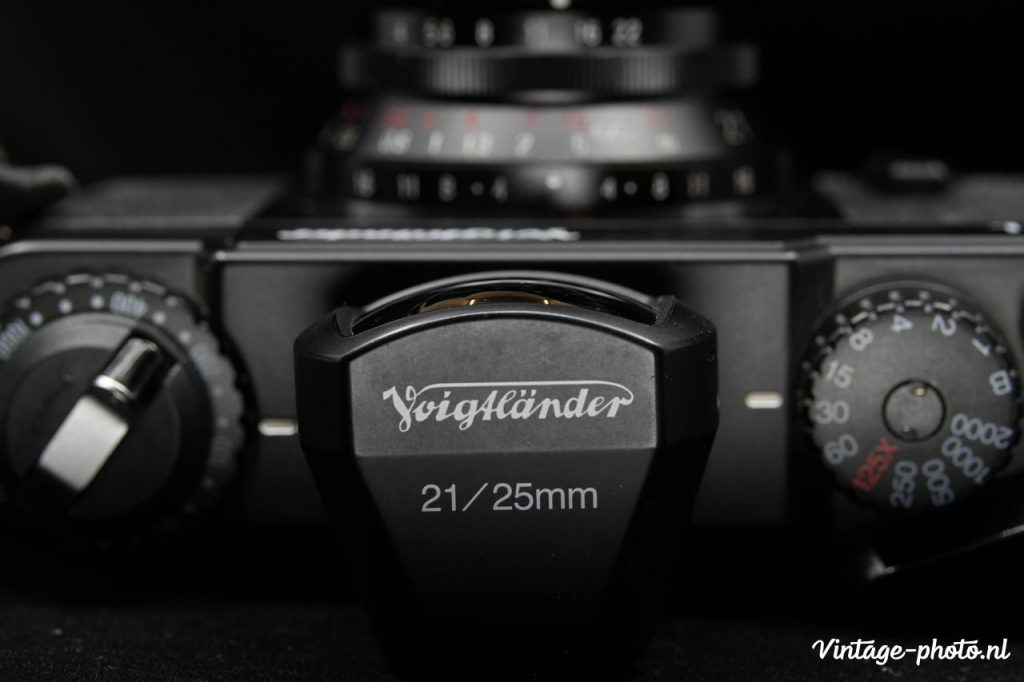
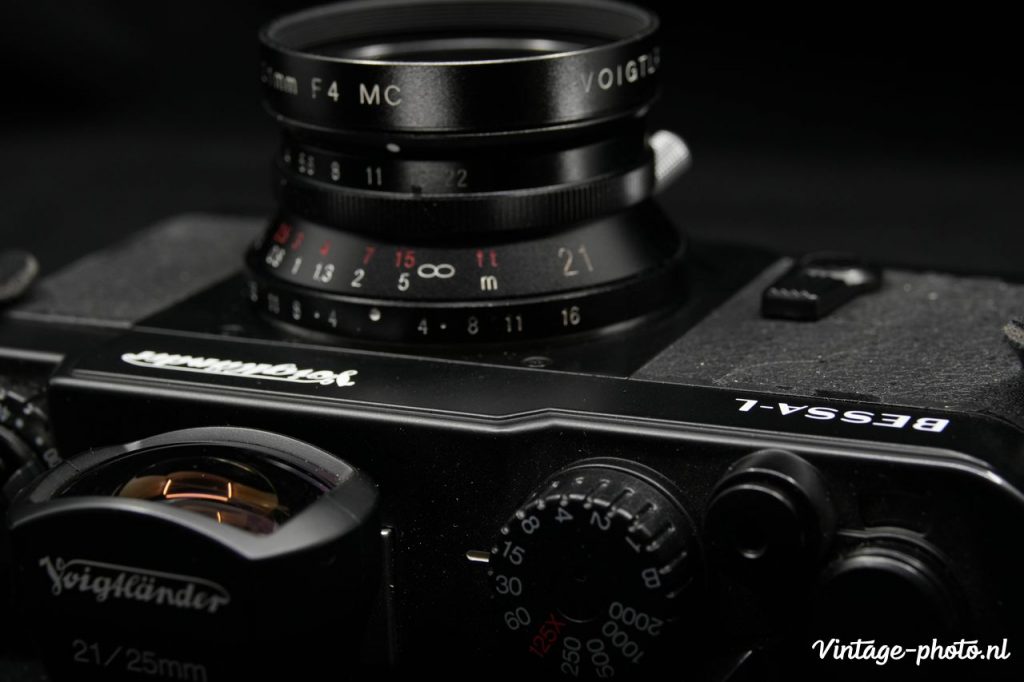
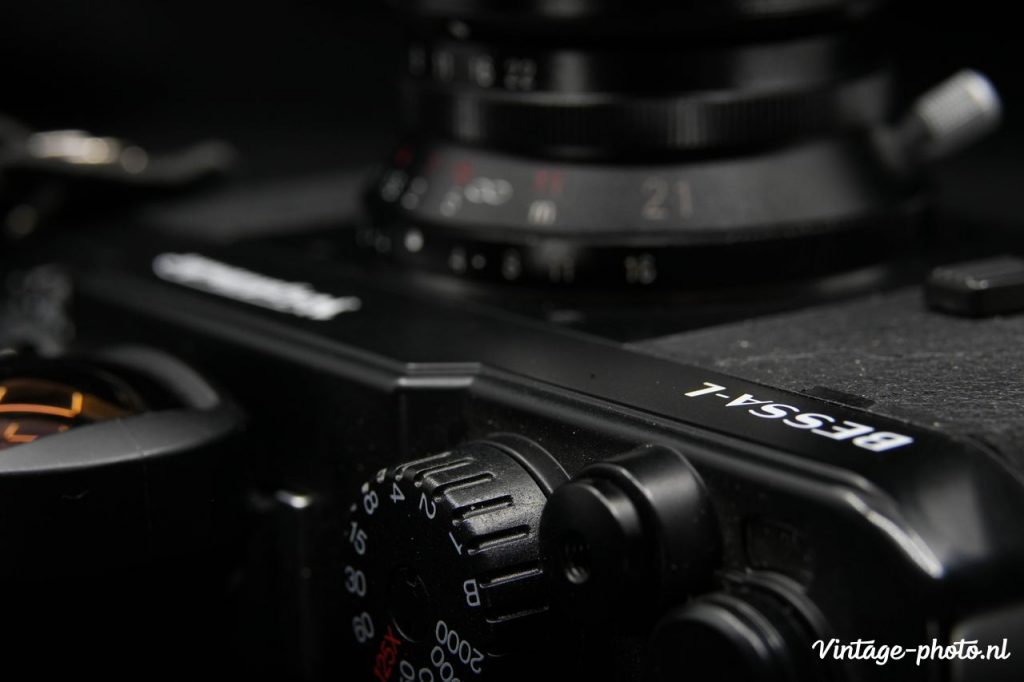
Yet in practice these proved prone to defects such as focusing problems due to misalignment of the rangefinder mirrors. Also the sometimes cheaper and ‘plastic’ looking models were less appreciated. But above all it was a serious and successful attempt by Cosina to revive the classic brand Voigtländer. The Bessa-L is the best example of this. The camera is still broadly available on the second hand market and the lenses are immensely popular, due to their high quality performance, even after twenty years.
A manual for the Bessa-L can be found on the site of Butkus.


Long live ltm and film. I still photograph with my R4m and a bunch of Voigtlander lenses. The Skopar is my fave